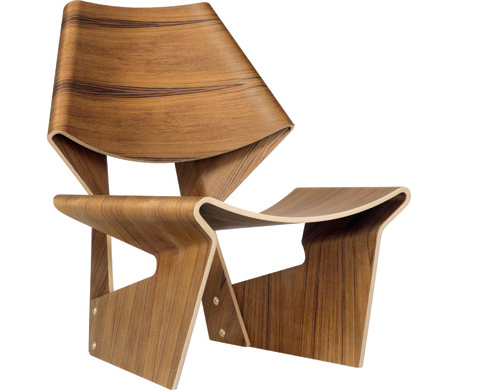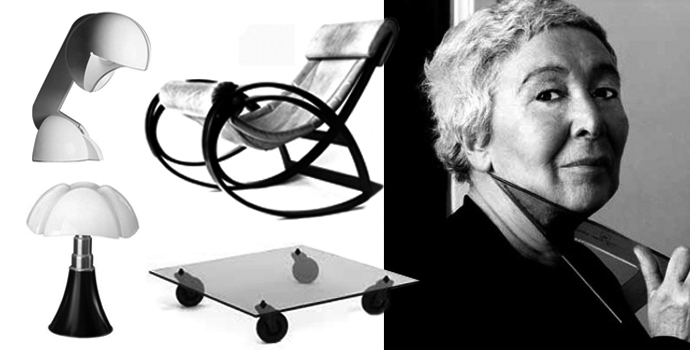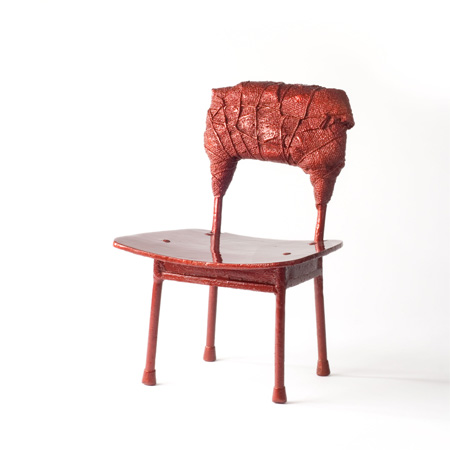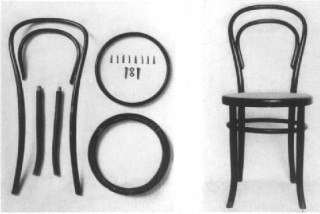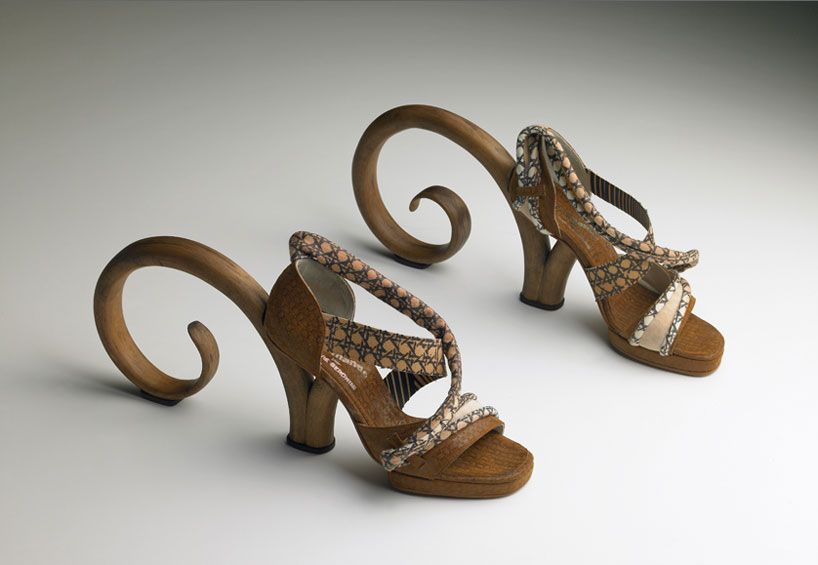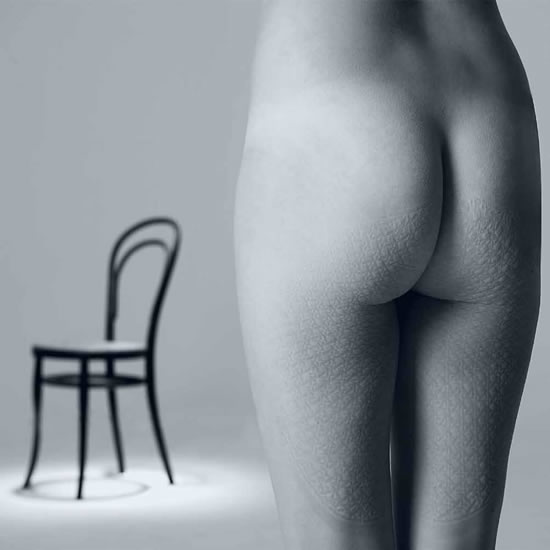Wednesday, December 3, 2014
Monday, November 3, 2014
My Babies
I love my tools so much. Learning about furniture design is, to me, more about the process than the result. The methods I try and the techniques I learn or develop mean more to me than the product. A huge part of any design procedure are the materials and tools needed for it! I have two power tools of my own, which make me feel very good about myself:
Also Ryobi brand, this tool is called an orbital sander. Mine cost about thirty five bucks. The dust collecter, though only functional with certain types of paper, keeps the mess to a minimum. I've found that this sander doesn't pack the punch that I wish it would, but that probably has to do more with the paper than the machine, as well as the fact that any handheld tool is going to be far weaker than an upright one. This sander is good for minor leveling, cleaning up rough edges, smoothing away marks and scratches, and removing paint. Leaves some swirls in the wood if lifted too slowly or not soon enough while being turned off.
That pretty thing is called a reciprocating saw. Ryobi is the Home Depot brand, so it was the cheapest. I got mine for sixty some dollars. When plugged in, various levels of pressure on the trigger cause the blade to go in an out of the body of the tool at various speeds, acting as a quicker version of a manual saw. The vibrations of this machine are really intense and make my teeth shake, so I would definitely recommend only using this with secure seating or a wide footed stance, as well as gloves if you have them.
Also Ryobi brand, this tool is called an orbital sander. Mine cost about thirty five bucks. The dust collecter, though only functional with certain types of paper, keeps the mess to a minimum. I've found that this sander doesn't pack the punch that I wish it would, but that probably has to do more with the paper than the machine, as well as the fact that any handheld tool is going to be far weaker than an upright one. This sander is good for minor leveling, cleaning up rough edges, smoothing away marks and scratches, and removing paint. Leaves some swirls in the wood if lifted too slowly or not soon enough while being turned off.
Sunday, November 2, 2014
Thursday, October 30, 2014
No Pain No Gain
I'm stuck in the looooooong and tedious process of applying silver leaf to the legs of a chair. It's slow because silver leaf is painfully delicate, but it's looking great so far.
I'm making a grandfather-style table clock at my RISD class. It's very circle based and is going to be made of bass wood. My mother keeps telling me I'm doing the wrong things with wood, when in fact I'm learning from a professional, and she studied photography.
I've been diagnosed with pretty bad tendinitis in my right hand so I'm trying to take it easy, which is, ironically, not very easy.
I've made a lot of progress on my recycled material and paper maché chair. I have started building up the form and securing it with hot glue, whilst filling the gaps with home-insulation. I'll paper mache over the whole thing when I'm done.
I started one other project in which cardboard rolled into tubes and stacked vertically should, when all combined, support the weight of a human being. I may attempt to align this project with an assignment that is given to all RISD freshman in their foundation year: make a chair out of cardboard that can fit or fold into a 24 inch box, and must support their weight through an hour of critique.
I'm making a grandfather-style table clock at my RISD class. It's very circle based and is going to be made of bass wood. My mother keeps telling me I'm doing the wrong things with wood, when in fact I'm learning from a professional, and she studied photography.
I've been diagnosed with pretty bad tendinitis in my right hand so I'm trying to take it easy, which is, ironically, not very easy.
I've made a lot of progress on my recycled material and paper maché chair. I have started building up the form and securing it with hot glue, whilst filling the gaps with home-insulation. I'll paper mache over the whole thing when I'm done.
I started one other project in which cardboard rolled into tubes and stacked vertically should, when all combined, support the weight of a human being. I may attempt to align this project with an assignment that is given to all RISD freshman in their foundation year: make a chair out of cardboard that can fit or fold into a 24 inch box, and must support their weight through an hour of critique.
Sunday, September 21, 2014
The Chair of Chairs
 "The Chair of Chairs" is not a title that I'm giving the Thonet chair, but one that it obviously deserves. Austrian designer Michael Thonet dreamed of a curve. The curve he imagined was one that hadn't been previously accomplished with wood, because wood just doesn't like to bend without a little help. Thonet attempted the common method of wood bending in the early 1800's, bent lamination. Bent lamination is the process of gently bending wood to the desired curve, gluing it, and bracing it until it hardness into that shape, and is a technique still popularly used today.
"The Chair of Chairs" is not a title that I'm giving the Thonet chair, but one that it obviously deserves. Austrian designer Michael Thonet dreamed of a curve. The curve he imagined was one that hadn't been previously accomplished with wood, because wood just doesn't like to bend without a little help. Thonet attempted the common method of wood bending in the early 1800's, bent lamination. Bent lamination is the process of gently bending wood to the desired curve, gluing it, and bracing it until it hardness into that shape, and is a technique still popularly used today.When Thonet found no success by laminating the wood he moved on to a method that already existed, yet hadn't been used for furniture before: steam bending. Success! Thonet debuted his chair at a show and the crowd was wowed. Made of soft birch wood, he had made the curve of is dreams, which did not previously exist in wooden furniture. Thonet's chair was also the first to come flat-packed when ordered in the mail, which was hugely exciting and innovative in a time when many things were decadent and large and ornate.
Thonet immediately began producing a line of furniture which became wildly popular. In fact, his "#14 Bistro Chair" became so wildly used and accepted, that Thonet immediately began producing a line of furniture which became wildly popular. In fact, his "#14 Bistro Chair" became so wildly used and accepted, that nowadays when one sees a Thonet or Thonet inspired chair at a cafe or in a household, they don't realize that its special, if they notice it at all. Thonet's line continues to run after his death. http://www.thonet.com/?target=home.

Thonet bought a white birch forest, and set up his factory directly in front of it. The factory contained one of the earliest used assembly lines, and lumber came directly in one side so chairs could come out the other. The Thonet factory assembly lines were not exactly safe, however, and many children were employed there, which lead to frequent injury, and even death. The main safety concern was that of the steam bending. Though the technique was the most successful way to implement Thonet's design, it was still a very challenging process. About 70% of the wood bent successfully, and the other 30% would snap back violently on the person attempting it. These rates are consistent with modern steam bending.

 Thousands of pieces are inspired by the Thonet chair, which revolutionized furniture. Not only furniture pieces are based on the Thonet chair (which is widely knocked off as well as paid homage to) but also a wide collection of art. I wouldn't feel comfortable attempting steam bending at this point, even if I had the means, but I'm very curious about bent lamination, which I believe can be done without purchasing major contraptions (depending how I intend to bend).
Thousands of pieces are inspired by the Thonet chair, which revolutionized furniture. Not only furniture pieces are based on the Thonet chair (which is widely knocked off as well as paid homage to) but also a wide collection of art. I wouldn't feel comfortable attempting steam bending at this point, even if I had the means, but I'm very curious about bent lamination, which I believe can be done without purchasing major contraptions (depending how I intend to bend).

Tuesday, September 9, 2014
Fine Art
I have discovered who I would call a very involved artist. His craft includes notice of practicality, form, and concept, but still uses many of the principals of fine art that often aren't found in furniture design, since its more product oriented. This designer is Ettore Sottsass, who's pieces are extremely colorful and sculptural, often deviating from the "norm" of the genre. His furniture often includes shelves at various angles, mismatched arms, and bright colors. He clearly knows how much his craft matters, once saying "A chair must be really important as an object, because my mother always told me offer my chair to a lady."
His work makes me think a lot about how I can use negative space to make my projects more interesting. I also really like how he works patterns in really subtly, yet somehow they're really in your face at the same time. The colors he chooses create an almost illusory feeling when coupled with the really bold straight lines used in so many of his pieces. He was born in 1917 in Innsbruck (Austria-Hungary) and died in 2007 at the age of 90 in Milan, Italy. He was part of the "Memphis group," a team of international designers who originally creating a forty piece collection of interior decorating and furnishing works. About the Memphis Group, Sottsass says, "Memphis is like a really strong drug. You cannot take too much. I don't think anyone should put only Memphis around: it's like eating only cake."
Monday, September 8, 2014
Joints
This guy, Frank Holworth, does super cool stop motion videos of his woodworking process. When originally shared with me watched about four of them, but one caught my eye in particular. He's building a chair, but the mechanics of it are very puzzle like. I've been relying on glue and nails, but the pieces he creates are held together not only with staples and glue, but are actually crafted in a way that holds the pieces together in a very sturdy way that would definitely be less prone to wear from time, use, weather, etc.
Here's the video!
Here's the video!
Current Projects
Currently, I am working on two major furniture projects, and two minor ones. My major projects include one I've been working on bit-by-bit for about 4 months. I'm building a pretty basic pine shelf to put my art supplies into, 4' by 5', with a range of shelf sizes, though they're all one foot deep. I have all the materials and tools needed for the project, which include the wood, stain, sanding blocks/paper, an orbital sander (my baby <3), nails, drill, hammer, and battery pack/hands for a clock I am planting about 4'6" up one side of the shelf. The aesthetics of the shelf are simple at this point, but I have begun burning intricate designs into the wood. design will be semi-symetrical and help the clock not look out of place (a time telling device is another thing I lack in my studio).
The other project is a chair made with paper machè and recycled materials, with the addition of insulating foam for help keeping the structure of those pieces that might otherwise collapse. The outside will have a coat of white paper machè, over which will be the final layer: recycled date-due-cards and pictures from books removed from the collection at the Gordon School Library in East Providence, where I spent a few months volunteering.
The smaller projects are items I found that I am refurbishing, so as to learn how various types of furniture are structured, and how they deteriorate/how to prevent deterioration in the initial building/designing process. One of them is the chair pictured below, which I found in a heap in the trash outside of a house on Ogden st. and drove home in my girlfriends convertible. At the stage at which this photograph was taken I had stripped out the broken straw-wicker seating, rinsed and scrubbed mold and dust from the whole thing, sanded the wood, and begun hammering in the top, which had been snapped upwards.
Subscribe to:
Posts (Atom)











